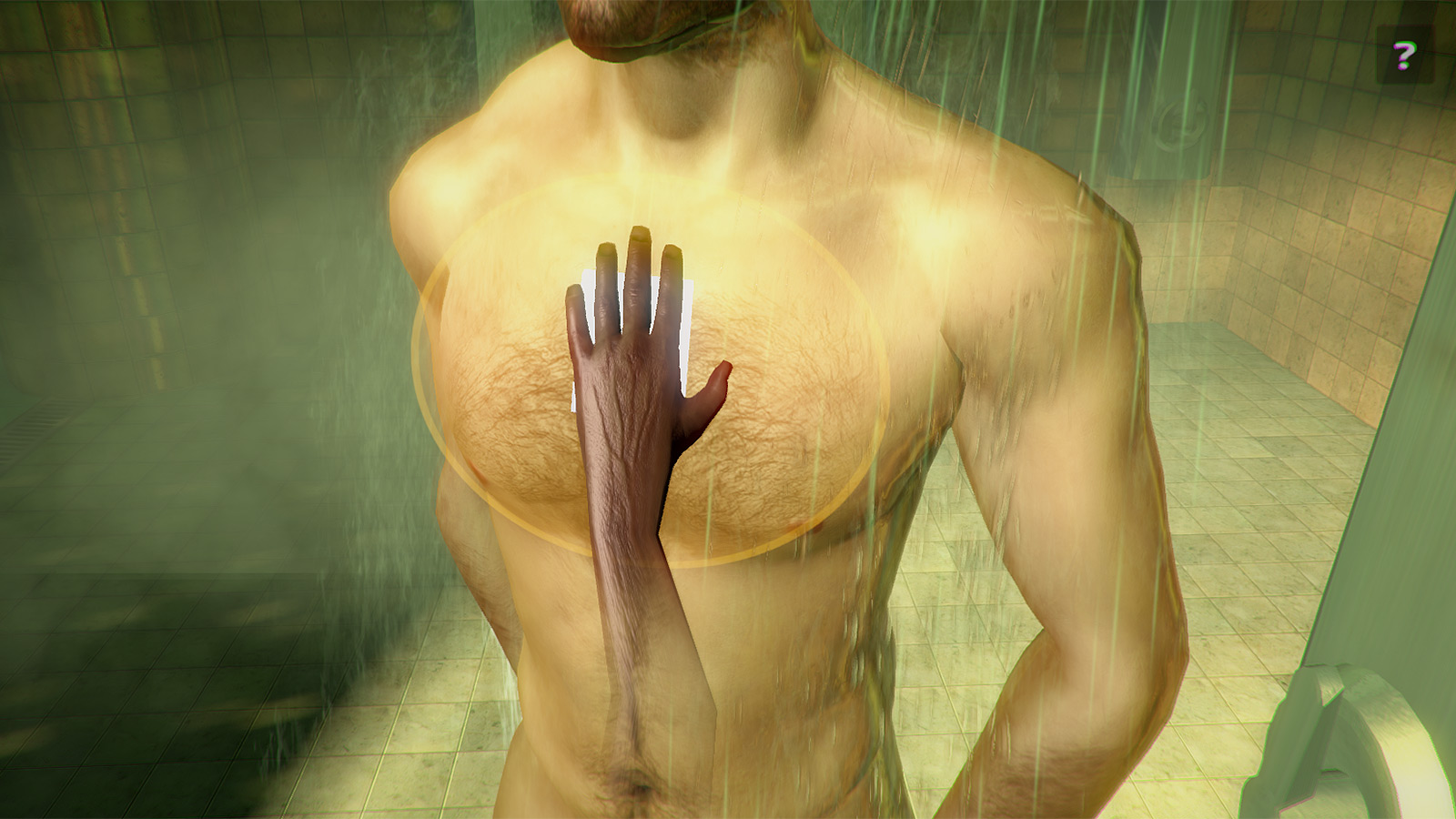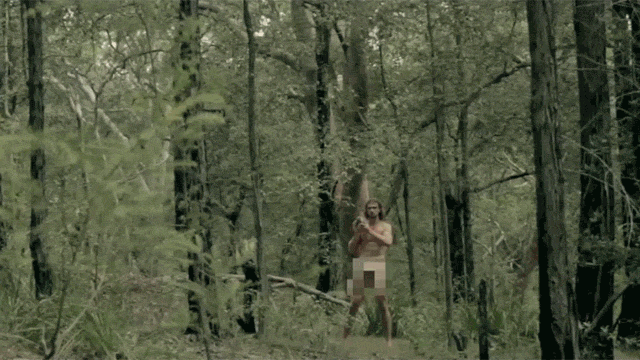

Most maps I’ve played in Rust during this review were procedurally generated, and impressively so. Any blueprints you learn persist through death (but not server wipes!) so player death doesn’t mean losing everything. You gain access to higher tiered, and thus more technologically advanced items through blueprints, eventually working your way from a bone spear to an assault rfile.

Heavier clothes are needed to survive in colder biomes, body armor can be crafted to ward off against attacks, etc. You’ll be just as naked upon rebirth, but at least you’ll be in a familiar place. Item crafting is essential to survival, and crafting (and placing) a sleeping bag is the only way you can choose where to respawn with your current character. Still, it might be Rust’s roughest feature. The actual construction mechanic is a bit frustrating, and cumbersome to use-but really no more so than the majority of modular building systems in games. That challenge only increases as buildings get larger. Building these structures takes a lot of material, and upkeep is a constant challenge. These buildings persist when you’re offline, so sturdy construction or putting smaller structures in a surreptitious location is recommended. This is to make sure that only people that you want into your buildings get in and get access to all of your loot. There is a surprisingly robust “permissions” system in Rust, allowing the distribution of keys for locked doors to other players, coded entries, assigning of sleeping bags, etc. Image Courtesy Facepunch Studiosīases in Rust can range from single person dwellings to the aforementioned fortresses. In the past (and present, presumably), Rust players have formed huge alliances and created sprawling structures as both defense against their enemies, and as a challenge to them. That is, after all, one of the main activities in Rust: player versus player combat-sometimes on a HUGE scale. Unless you’re organized, experienced, or with friends, you’re likely going to meet your death more often than not-especially at the hands of a random player. The community itself swings between helpful and outright cruel. To start Rust, you choose a multiplayer server-either an official one, or a community run server-and then you spawn naked and alone. This causes Rust to feel not like a game that’s been recently released but instead one that has been already years old–plucked after being over ripened on the vine, perhaps. Unfortunately, there is no official Rust wiki, and most of the new player resources are years old.
#Rust video game naked people how to
Like too many games in the survival genre, Rust does little to help the player along-instead relying on players learning how to play second-hand. The biggest challenge in Rust will come to the new players-those who have never played before, and are just learning the mechanics.

You can hunt animals for meat, forage, or even farm a bit along with base construction (more on base construction later). There is a day/night cycle, but in Rust there is no need to sleep. Like many games in the survival genre (and now some outside of it) Rust players need to keep their characters fed and hydrated. Now, this may seem like a laundry-list of complaints to some more jaded early access survival enthusiasts, but the fact that Rust manages to successfully incorporate all of these aspects into the game is quite impressive.

Rust is a survival game that ticks off every box in the genre: open-world, crafting, hunger/thirst, day/night cycle, base construction, procedural generation.
#Rust video game naked people mod
Rust almost had a similar fate in its four years of early access,but Garry Newman, the Garry’s Mod designer and head of Facepunch Studios, managed to release a solid product-even if it doesn’t garner the fanfare I once envisioned when these products were “released.” Image Courtesy Facepunch Studios Others, like ARK: Survival Evolved ended up becoming bloated by feature creep. Some of them, like Subnautica and The Long Dark, ended up emerging from early access mostly delivering on their development promises. Back around four or five years ago, DayZ exploded in popularity, and with it came a glut of survival game copycats.


 0 kommentar(er)
0 kommentar(er)
